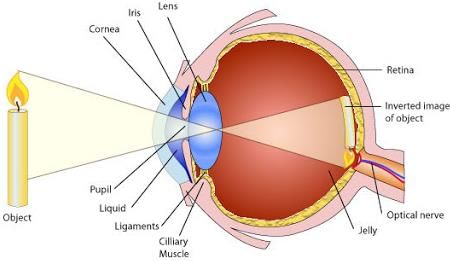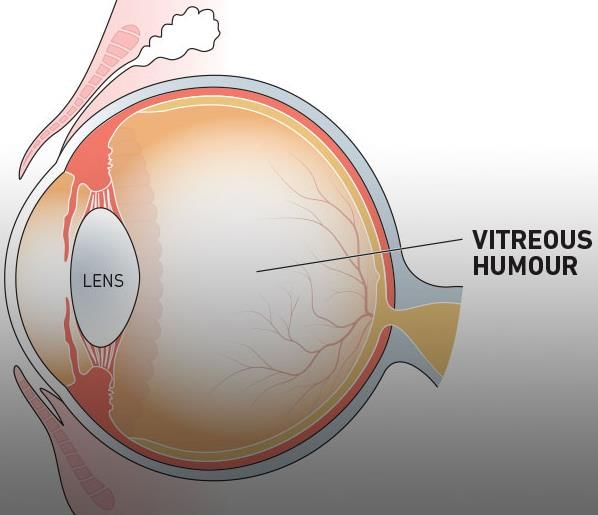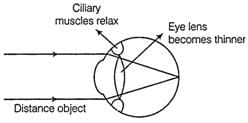Unit Test: Human Eye and the Colourful World - UPSC MCQ
10 Questions MCQ Test - Unit Test: Human Eye and the Colourful World
The human eye forms the image of an object at its
The light coming from an object enters the eye through:
Light from an object enters the eye through the pupil and travels to the back of the eye, forming an image on the retina. What is the orientation of the retinal image, as compared to that of the original object ?
The change in the focal length of an eye lens is caused by the action of
The fluid between the retina and the lens is called
As we increase the distance of an object from the eye, the image distance:
Ability of the eye to see objects at all distances is called
The focal length of the eye lens increases when eye muscles
Electric nerve impulses from the retina to brain are conveyed by
The combination responsible for admitting different amounts of light into eye is

















